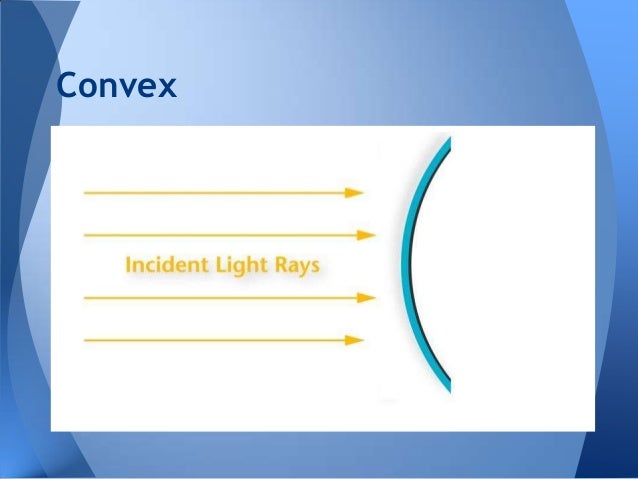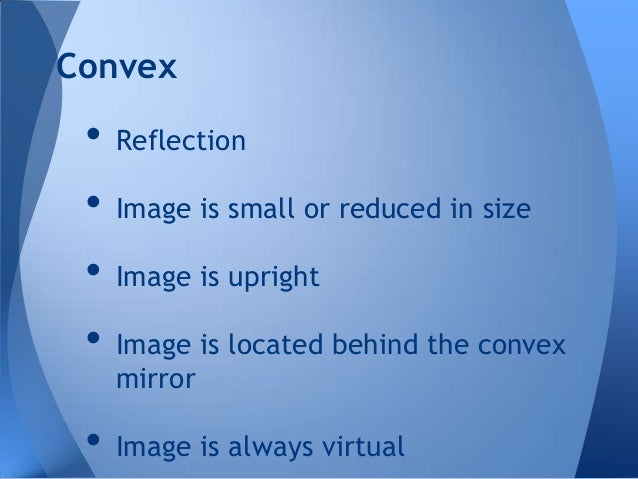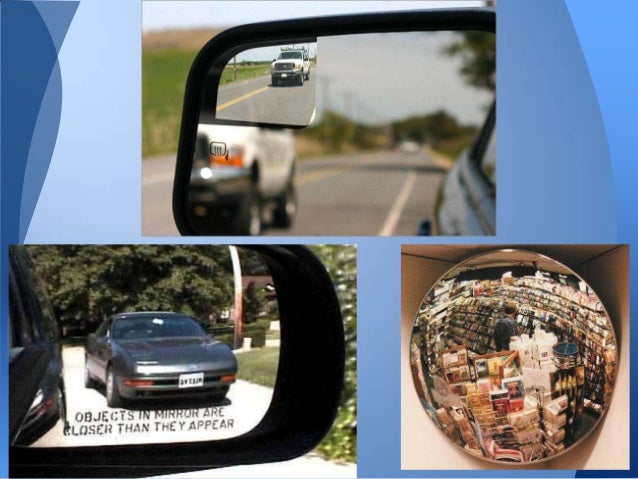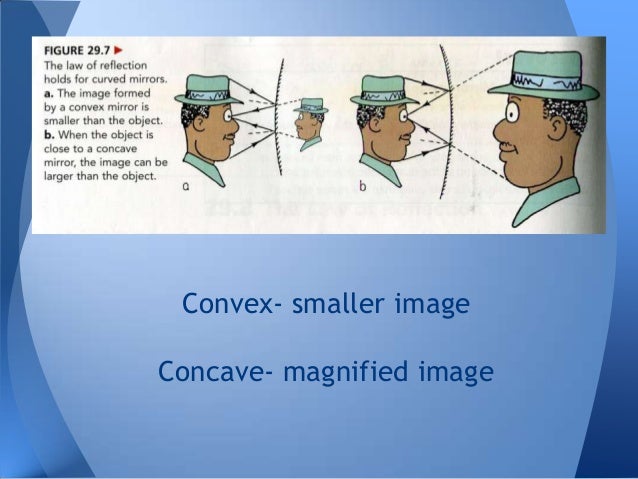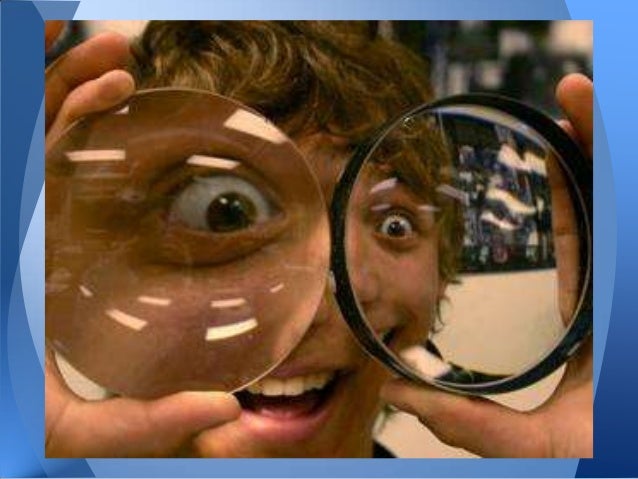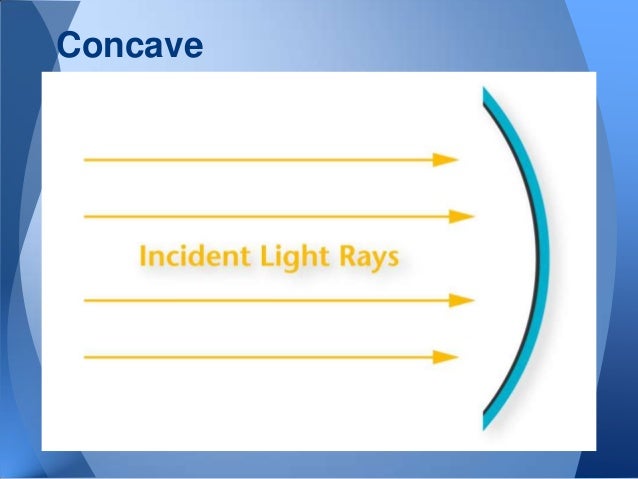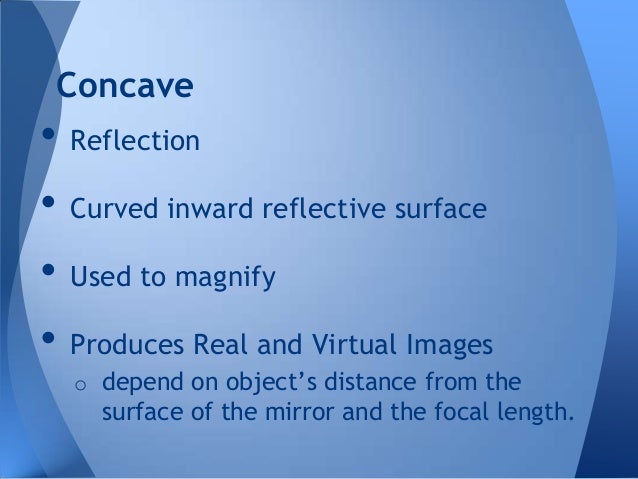Earth's Atmospheric Layers
Troposphere
The troposphere starts at the Earth's surface and extends 8 to 14.5 kilometers high (5 to 9 miles). This part of the atmosphere is the most dense. Almost all weather is in this region.
Stratosphere
The stratosphere starts just above the troposphere and extends to 50 kilometers (31 miles) high. The ozone layer, which absorbs and scatters the solar ultraviolet radiation, is in this layer.
 Mesosphere
Mesosphere
The mesosphere starts just above the stratosphere and extends to 85 kilometers (53 miles) high. Meteors burn up in this layer
Thermosphere
The thermosphere starts just above the mesosphere and extends to 600 kilometers (372 miles) high. Aurora and satellites occur in this layer.
Ionosphere
The ionosphere is an abundant layer of electrons and ionized atoms and molecules that stretches from about 48 kilometers (30 miles) above the surface to the edge of space at about 965 km (600 mi), overlapping into the mesosphere and thermosphere. This dynamic region grows and shrinks based on solar conditions and divides further into the sub-regions: D, E and F; based on what wavelength of solar radiation is absorbed. The ionosphere is a critical link in the chain of Sun-Earth interactions. This region is what makes radio communications possible.
Exosphere
This is the upper limit of our atmosphere. It extends from the top of the thermosphere up to 10,000 km (6,200 mi).










